Retro Replay Review
Gameplay
WWI: The Great War adopts a familiar real-time strategy framework reminiscent of Age of Empires, but it injects fresh authenticity through era-specific mechanics. At its heart, resource management revolves around supplies like ammunition, fuel, and manpower rather than generic wood or gold. This shift forces players to plan offensives carefully, balancing the need for reinforcements against dwindling trenches and looming artillery barrages.
(HEY YOU!! We hope you enjoy! We try not to run ads. So basically, this is a very expensive hobby running this site. Please consider joining us for updates, forums, and more. Network w/ us to make some cash or friends while retro gaming, and you can win some free retro games for posting. Okay, carry on 👍)
Campaigns let you take command of France, Great Britain, Germany, the Austro-Hungarian Empire, or Russia, each offering distinct starting conditions and national doctrines. For example, German forces benefit from efficient supply lines and heavy infantry, whereas the Russians rely on overwhelming numbers but suffer from logistical bottlenecks. Side objectives—such as rescuing trapped detachments at the Marne or seizing artillery positions at Gallipoli—add depth and replayability to each theater.
Unit variety is one of the game’s strongest suits. You’ll marshal cavalry scouts, trench mortars, early tanks, and even dispatch the Red Baron in his Fokker Dr.I for aerial superiority. Mustard gas deployments introduce area-denial tactics, but misuse can backfire in shifting winds, forcing you to think twice before unleashing chemical warfare. In multiplayer skirmishes, these tools yield emergent strategies as players mimic real-world trench warfare or blitz uprisings on the Eastern Front.
While the AI occasionally struggles with multi-pronged assaults, human opponents provide feverish intensity, especially in contested map control. Hotkeys and control groups are thankfully intuitive, allowing seasoned RTS fans to jump in quickly, though newcomers may face a slight learning curve mastering the supply chain and trench-digging mechanics. Overall, the gameplay marries historical verisimilitude with solid strategic foundations.
Graphics
Visually, WWI: The Great War strikes a balance between functional clarity and period atmosphere. Battlefields are rendered in somber hues—muddy trenches, scarred landscapes, and smoke-filled skies give each map a palpable sense of dread. Although the engine doesn’t push contemporary graphical boundaries, unit models are detailed enough to distinguish between British Mark IV tanks, German A7V assault guns, and Austro-Hungarian howitzers at a glance.
Animations are generally smooth, from infantry advancing under machine-gun fire to artillery shells carving gaping craters. Subtle touches—like the billowing of smoke from an overturned locomotive or the flicker of a flare at night—enhance immersion without overwhelming system requirements. Environmental effects such as rain-slicked trenches or dense fog on the Somme map also play tactical roles, reducing visibility and muting audio cues.
Cutscenes and mission briefings employ stylized sepia-tone artwork that evokes period photography and propaganda posters. While these sequences lack voice acting, the accompanying textual narration is well-researched and evocative, setting the stage effectively for each major battle. The UI design is unobtrusive: tooltips, minimap, and building icons are clear, even on smaller displays, ensuring you spend more time commanding troops than squinting at status bars.
If there’s one limitation, it’s occasional terrain clipping—trees sometimes protrude unnaturally through trenches, and unit pathfinding around intricate bunker layouts can be imprecise. Yet such hiccups are minor compared to the game’s overall visual fidelity and thematic consistency.
Story
WWI: The Great War doesn’t offer a single, linear narrative but rather five interconnected campaigns that collectively trace the arc of the conflict. Each nation’s story unfolds through historically inspired objectives, from the desperate defense at Ypres to the climactic Hundred Days Offensive. This modular structure allows players to experience both well-known clashes and lesser-told episodes, lending a panoramic view of the Great War.
Campaign briefings are enriched by archival photographs and period maps, grounding each mission in real events. Mission notes often include historical footnotes—like casualty figures at the Somme or strategic implications of capturing Vimy Ridge—which not only educate but also underscore the grim cost of victory. While the presentation is text-heavy, it appeals strongly to history enthusiasts eager to learn while gaming.
Characterization comes more through unit anecdotes than through protagonists. A forlorn Russian commander pleading for supplies, a British corporal lauding his trenchmates’ bravery, or a German pilot journaling aerial dogfights—all these textual vignettes humanize vast troop movements. Though lacking spoken dialogue, these snippets inject emotional weight into strategy decisions, making each tactical victory feel hard-won rather than abstract.
For players seeking a tightly woven storyline or cinematic cutscenes, the game’s approach may feel understated. However, the focus on historical accuracy and campaign variety ensures that narrative interest remains consistently high across twenty-plus missions.
Overall Experience
WWI: The Great War excels at blending educational value with engaging real-time strategy. Its unique supply mechanics and historically accurate weaponry create a strategic layer that distinguishes it from other RTS titles. Players who enjoy meticulous planning and authentic period detail will find themselves immersed for hours, studying front-line maps and adjusting artillery barrages.
Performance is generally solid across a range of hardware, and the modest system requirements make it accessible to gamers without top-end PCs. Multiplayer servers are active, though the community is smaller than mainstream RTS franchises; nevertheless, matches tend to be competitive and lean heavily into trench warfare tactics and gas-attack mind games.
The audio design—featuring period music, distant artillery roars, and staccato gunfire—complements the visuals, heightening the sense of urgency on the battlefield. Even routine tasks like constructing barbed wire defenses carry a sense of dread when you’re awaiting the next gas bombardment.
In conclusion, WWI: The Great War is a rewarding experience for fans of historical strategy. It may not revolutionize the genre’s mechanics, but it offers a depth of authenticity and a somber reflection on the First World War that few games achieve. Whether you’re commanding a Russian infantry wave or unleashing mustard gas at Gallipoli, this title delivers a compelling blend of strategy and history.
 Retro Replay Retro Replay gaming reviews, news, emulation, geek stuff and more!
Retro Replay Retro Replay gaming reviews, news, emulation, geek stuff and more!
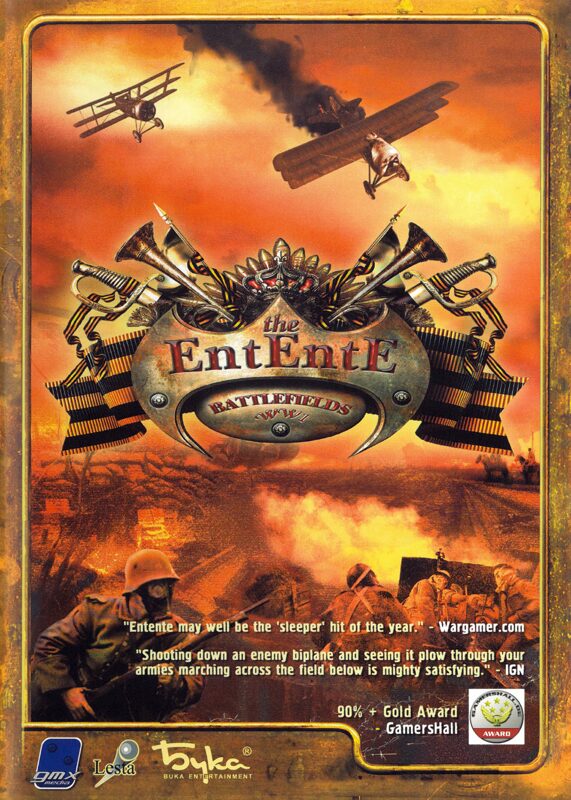
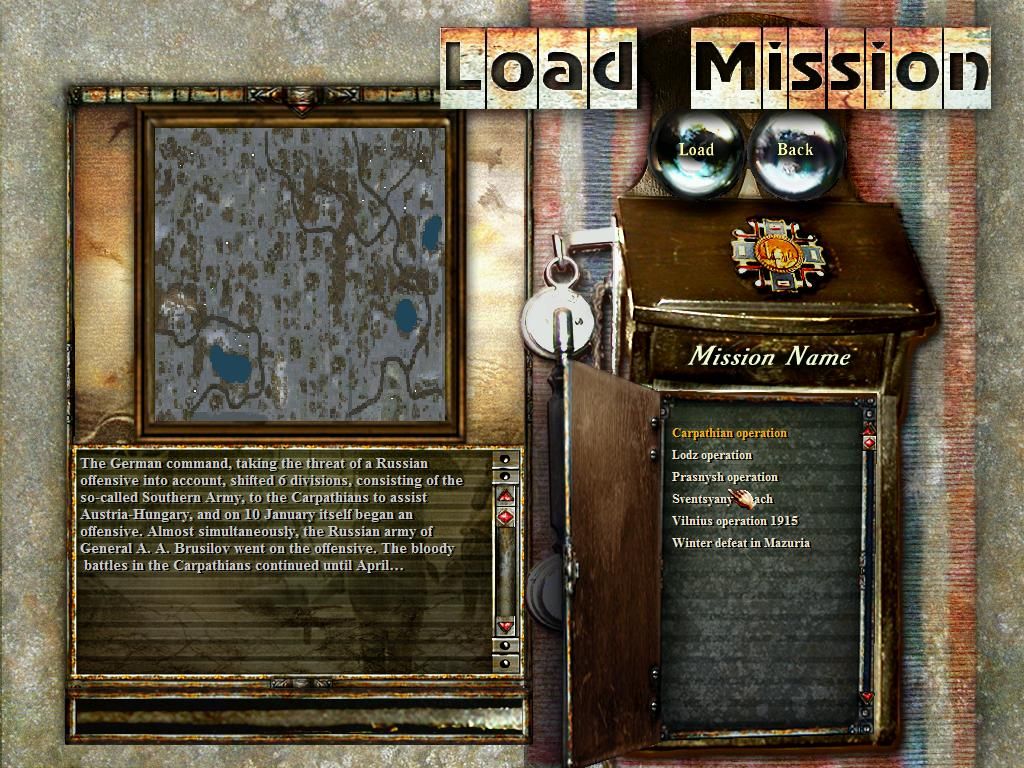
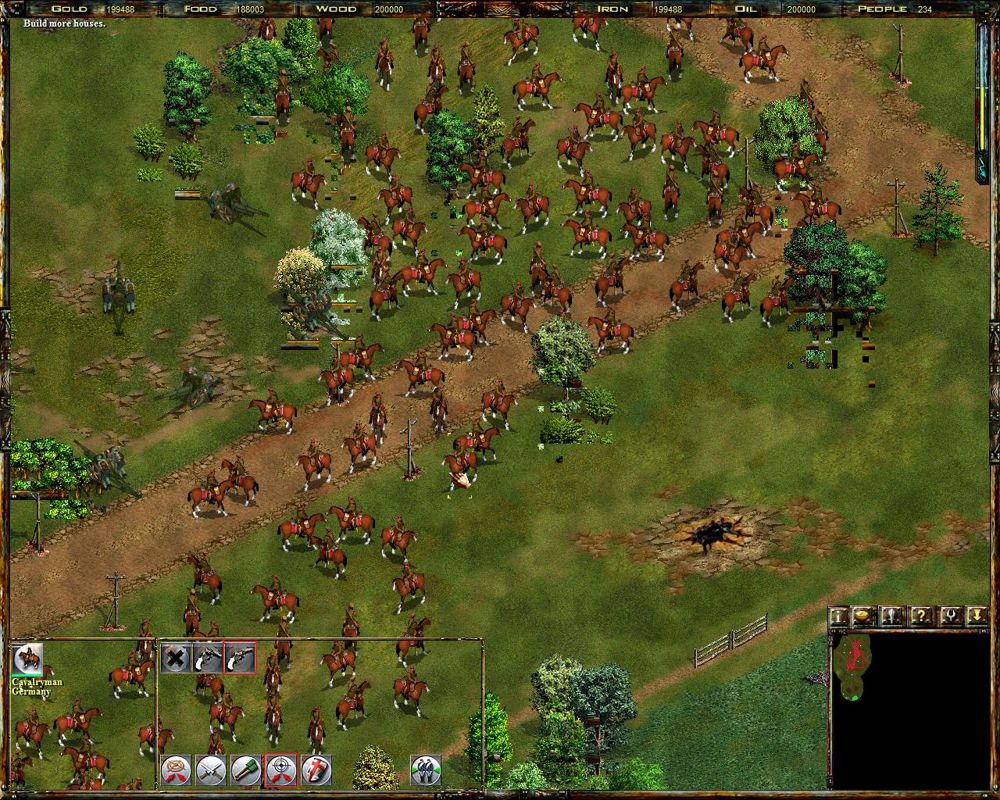
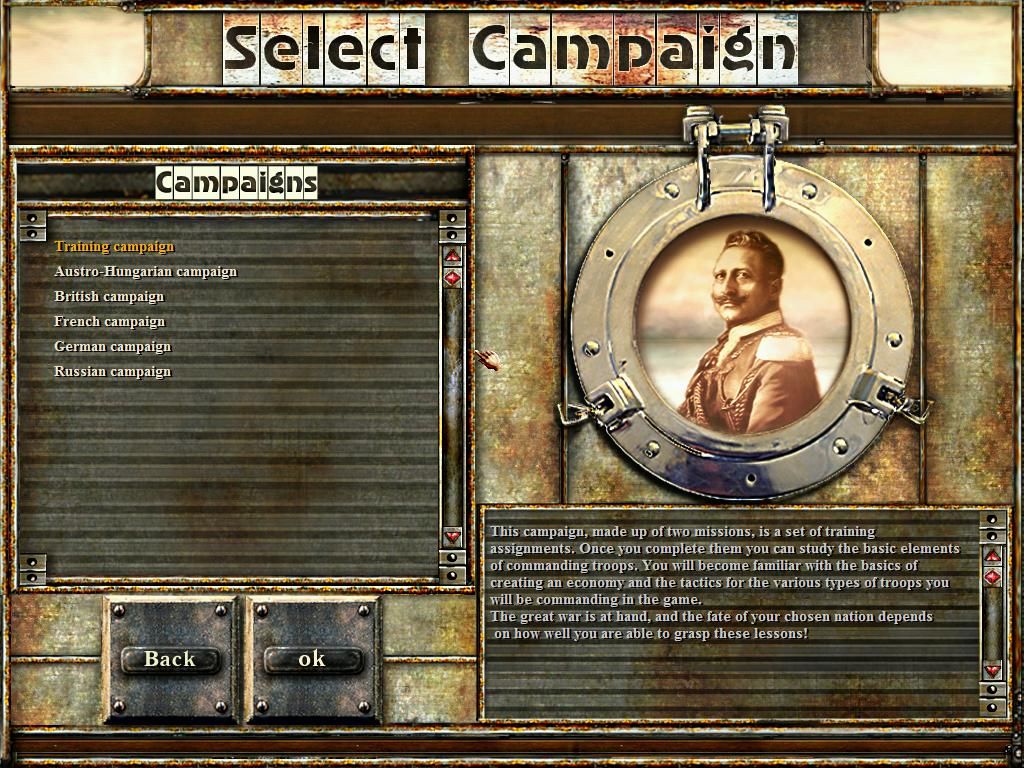

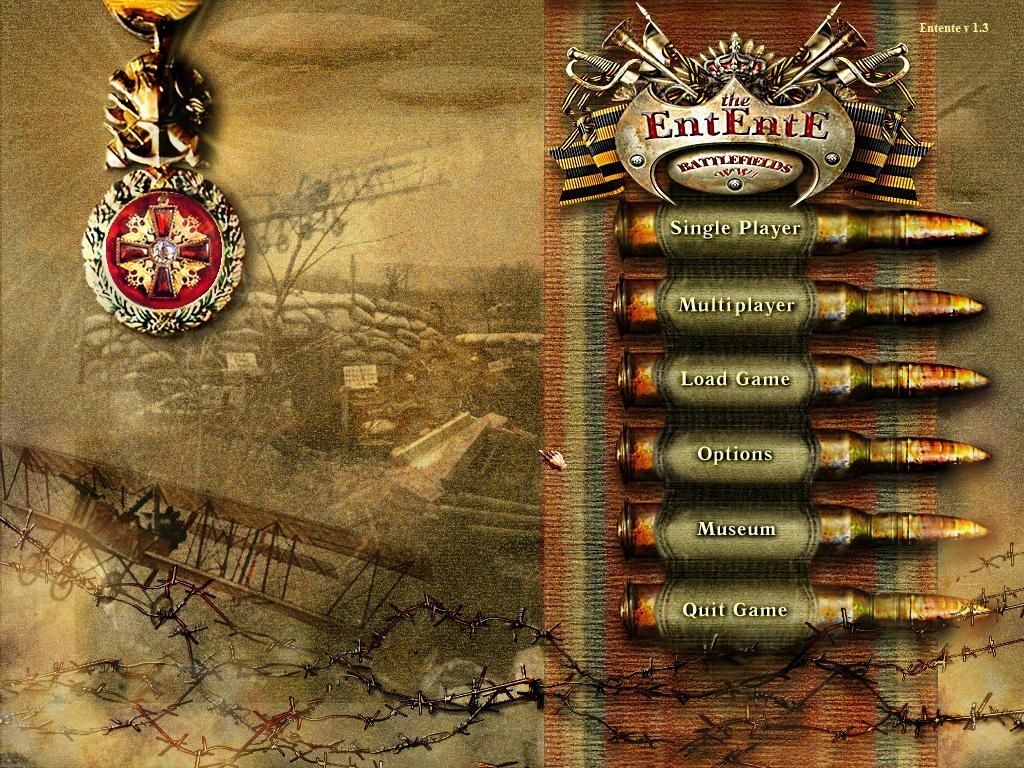
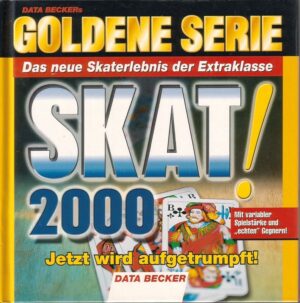


Reviews
There are no reviews yet.